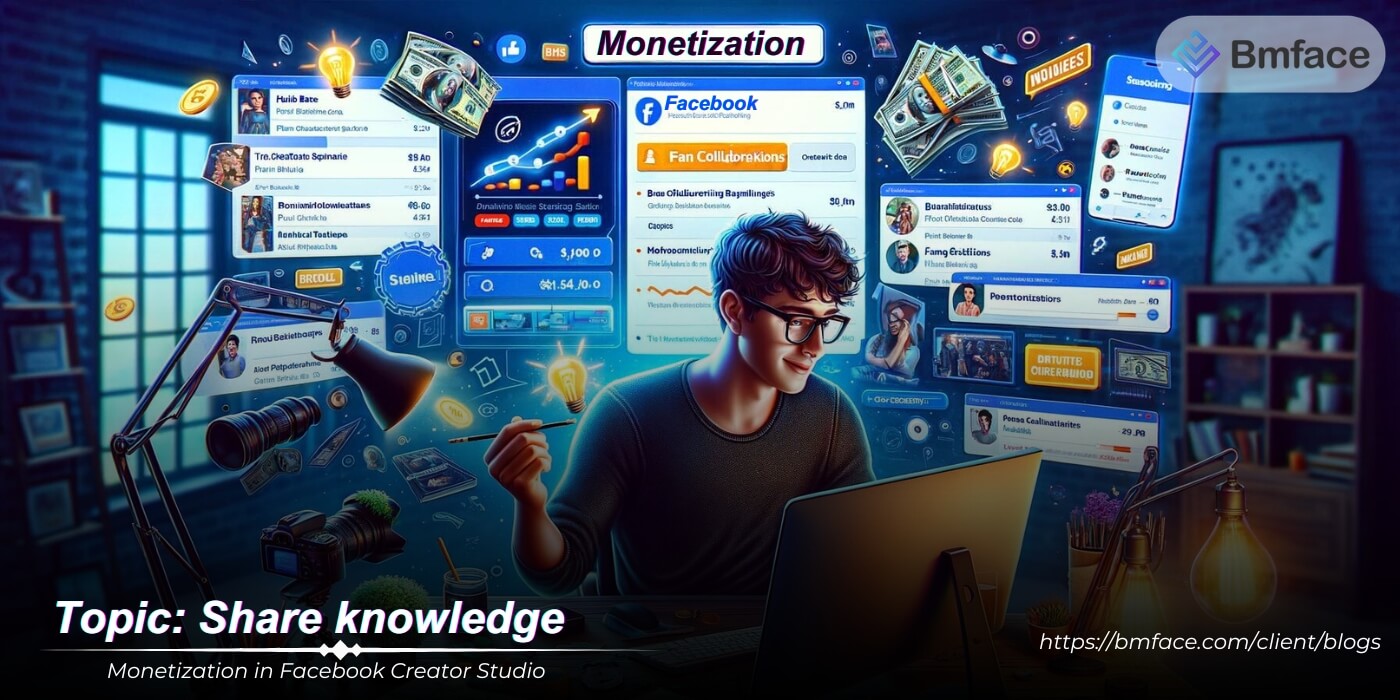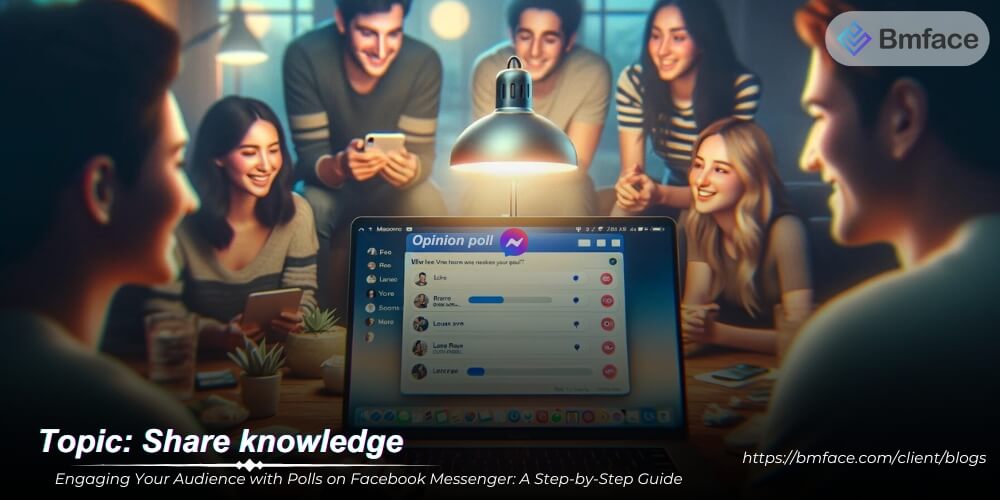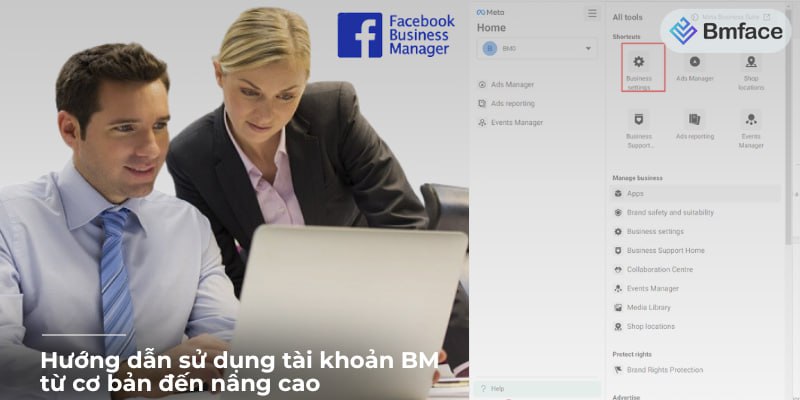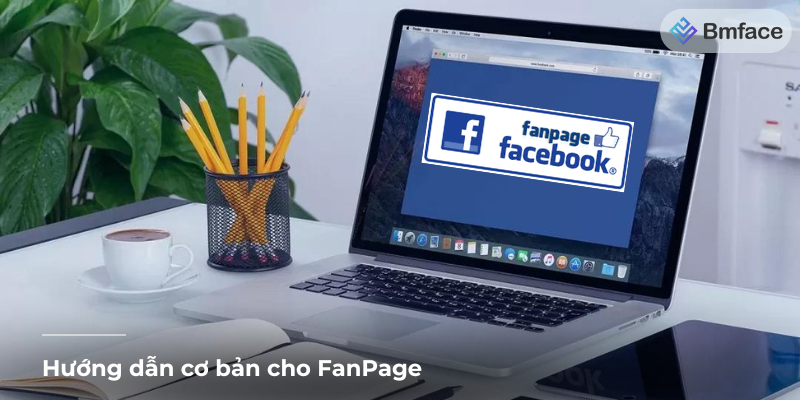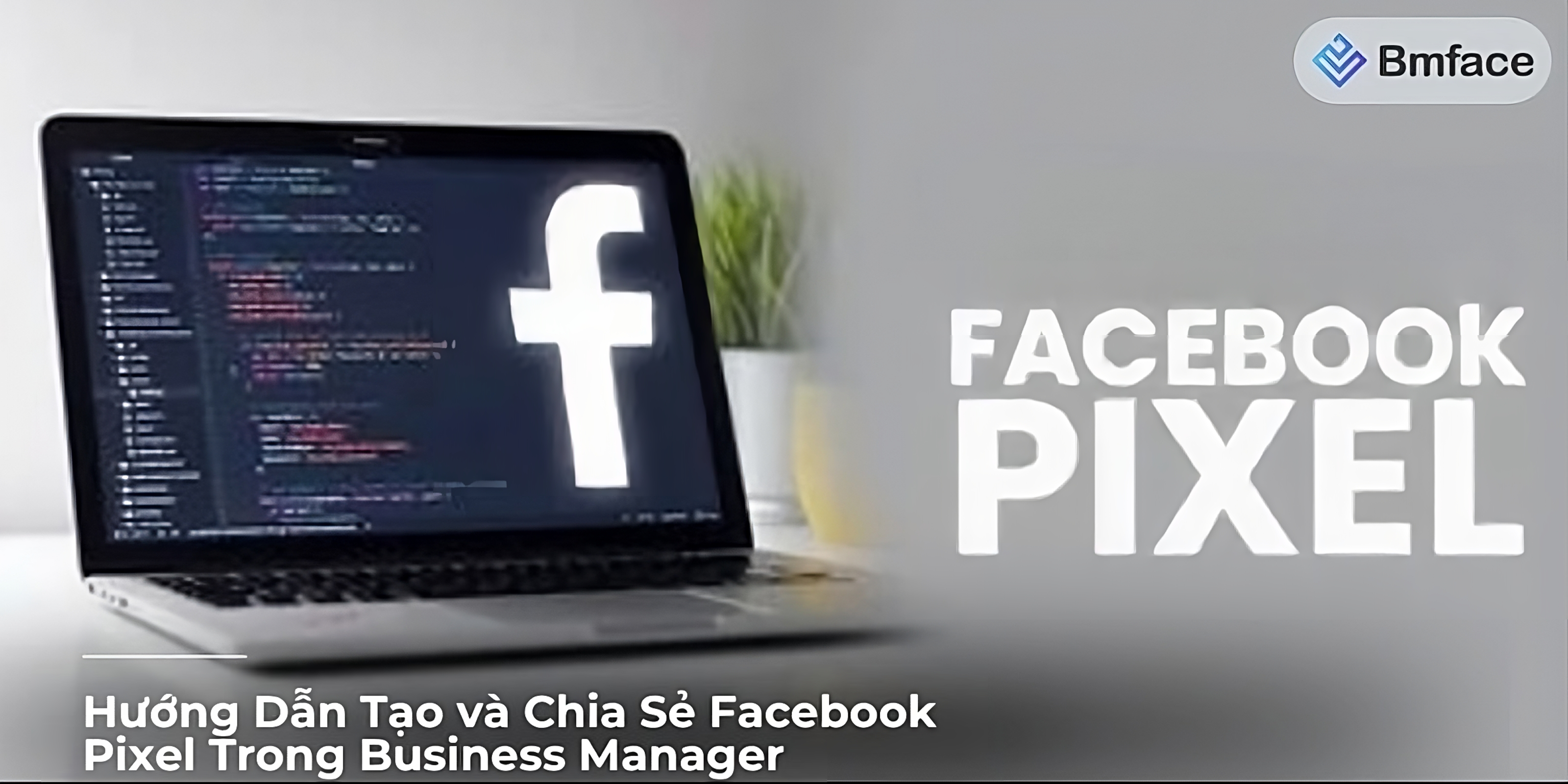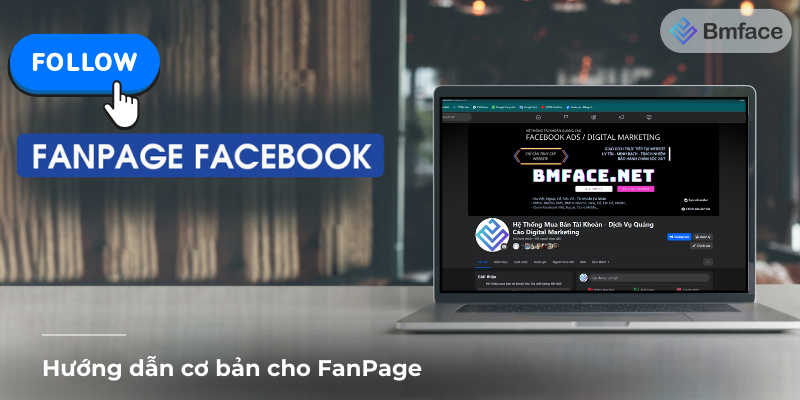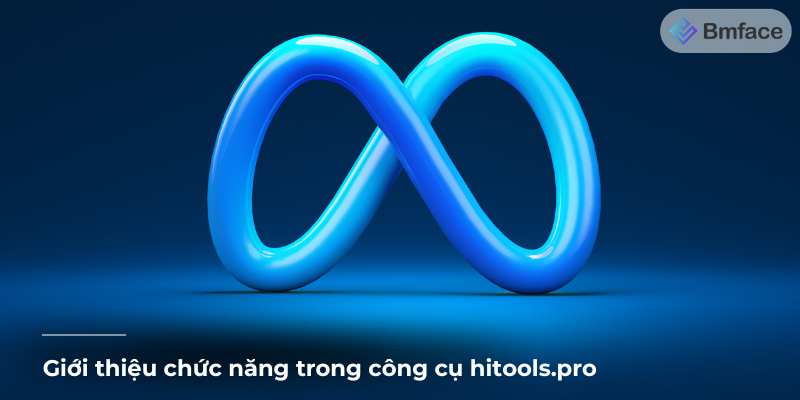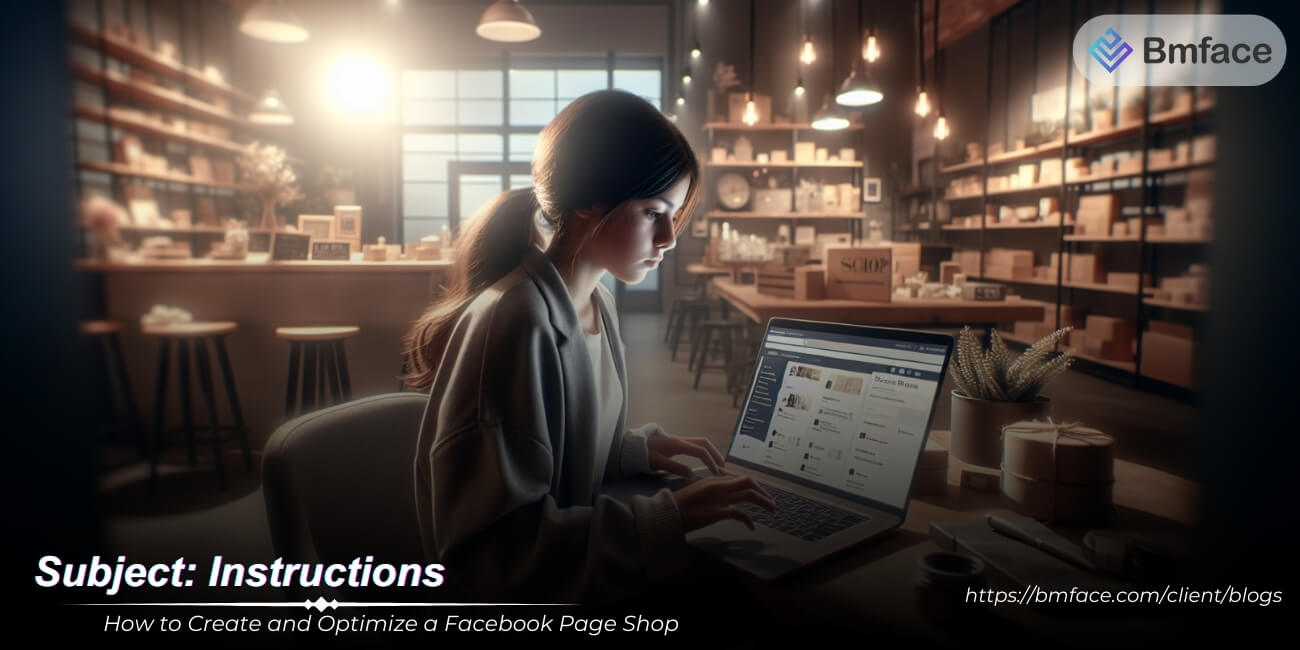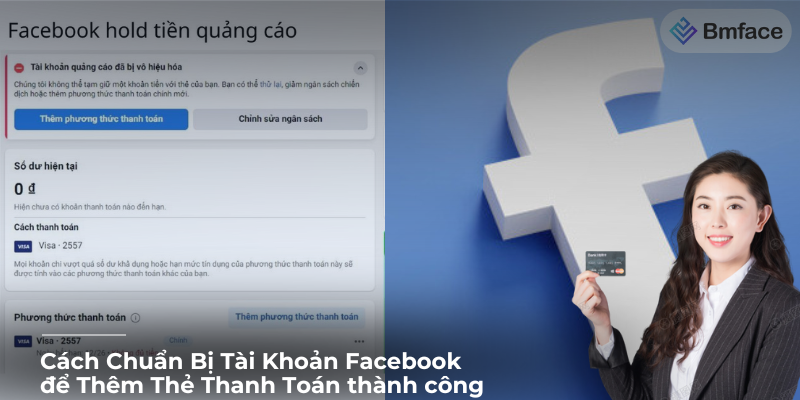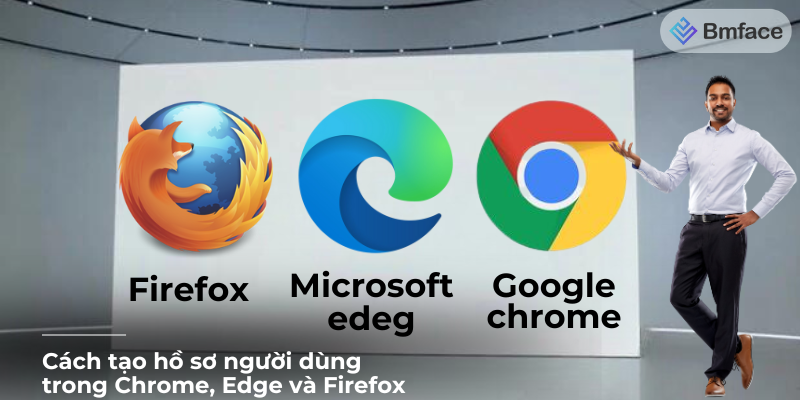Creating an effective advertising campaign on YouTube and Facebook requires careful budgeting. Both platforms offer unique opportunities to reach a wide audience, but managing your budget effectively is critical to maximizing your return on investment (ROI). This article BMface will provide you with cost-effective budgeting strategies for YouTube and Facebook advertising.
Understanding Ad Costs

Cost Structures on YouTube
YouTube ads typically operate on a cost-per-view (CPV) or cost-per-thousand-impressions (CPM) basis. Understanding these cost structures is essential for setting a realistic budget and achieving effective campaign results.
CPV (Cost-Per-View):
-
How it works:
- You pay when a viewer watches your video ad for at least 30 seconds or interacts with it (whichever comes first). Interactions include clicks on call-to-action overlays (CTAs), cards, and companion banners.
- This model ensures that you are only charged when there is a meaningful interaction with your ad, making it cost-effective for driving engagement.
-
Benefits:
- Budget Control: CPV allows for precise control over your budget, as you only pay when viewers engage with your ad.
- Targeted Engagement: This model ensures that you are reaching viewers who are interested enough to watch or interact with your ad, leading to higher engagement rates.
- Performance Tracking: Easy to track and measure the effectiveness of your ad in terms of viewer engagement and interaction.
CPM (Cost-Per-Thousand-Impressions):
-
How it works:
- You pay for every 1,000 impressions your ad receives. An impression is counted each time your ad is displayed, regardless of whether the viewer interacts with it.
- CPM is ideal for campaigns aimed at increasing brand awareness and reaching a large audience.
-
Benefits:
- Wide Reach: CPM allows you to reach a broad audience, making it suitable for brand awareness campaigns.
- Cost Efficiency: Often more cost-effective for campaigns focused on exposure rather than engagement.
- Scalability: Easy to scale up your campaign to reach more people by simply increasing the budget.
Cost Structures on Facebook

Facebook ads can use various pricing models, including cost-per-click (CPC), CPM, and cost-per-action (CPA). Each model has its unique advantages and is suited for different campaign objectives.
CPC (Cost-Per-Click):
-
How it works:
- You pay each time someone clicks on your ad. This includes clicks on call-to-action buttons, links to your website, or any other clickable element within the ad.
- CPC is ideal for driving traffic to your website or landing page and for campaigns focused on direct response.
-
Benefits:
- Direct Engagement: You only pay for actual interactions, ensuring that your budget is spent on engaged users.
- Measurable ROI: Easy to measure the return on investment based on the number of clicks and subsequent actions taken by users.
- Optimized Spending: Enables precise budget allocation, as you pay for clicks rather than impressions.
CPM (Cost-Per-Thousand-Impressions):
-
How it works:
- You pay for every 1,000 impressions your ad receives. An impression is counted each time your ad is displayed to a user.
- CPM is effective for campaigns aimed at maximizing visibility and reach.
-
Benefits:
- Brand Visibility: Ensures that your ad is seen by a large number of people, enhancing brand visibility.
- Broad Reach: Suitable for campaigns that prioritize reach over direct engagement.
- Cost Efficiency: Often more cost-efficient for broad audience targeting and brand awareness.
CPA (Cost-Per-Action):
-
How it works:
- You pay when a specific action is taken, such as a purchase, sign-up, or app download. This model is focused on driving conversions and specific outcomes.
- CPA is ideal for performance-driven campaigns with clear conversion goals.
-
Benefits:
- Goal-Oriented: Ensures that you are paying for the actual results, such as sales or leads, making it highly performance-oriented.
- High ROI: Potential for a higher return on investment since you pay for the desired action.
- Efficient Budget Use: Maximizes budget efficiency by focusing spend on actions that directly contribute to your business objectives.
Understanding the different cost structures on YouTube and Facebook is crucial for optimizing your ad campaigns and achieving your marketing goals. Whether you are aiming for engagement, reach, or conversions, choosing the right pricing model—CPV, CPM, CPC, or CPA—will help you allocate your budget effectively and measure the success of your campaigns. By leveraging these cost structures, you can create more impactful ads, reach your target audience more efficiently, and ultimately drive better results for your business.
Setting a Budget

Determine Your Goals
Before setting a budget, clearly defining your advertising goals is crucial. These goals will shape your overall strategy and influence how you allocate your budget. Here’s how to approach it:
Identify Your Objectives:
- Brand Awareness: If your goal is to increase brand recognition and reach a broad audience, you'll need to focus on metrics like impressions and reach.
- Traffic Generation: If driving traffic to your website is the primary objective, prioritize metrics such as click-through rates (CTR) and website visits.
- Lead Generation: For campaigns aimed at generating leads, focus on cost-per-lead (CPL) and conversion rates.
- Sales and Conversions: If boosting sales is the main goal, track metrics like cost-per-acquisition (CPA) and return on ad spend (ROAS).
Allocate Funds Wisely
Once your goals are defined, the next step is to allocate your budget effectively across different platforms and ad formats. Here’s how to approach budget allocation:
Analyze Platform Performance:
- YouTube for Brand Awareness: Allocate a significant portion of your budget to YouTube if your goal is to enhance brand visibility. YouTube's video-centric platform is ideal for creating engaging content that reaches a wide audience.
- Facebook for Engagement and Traffic: If driving website traffic or engagement is your priority, consider allocating more funds to Facebook. Its targeting capabilities and interactive ad formats can effectively drive user actions.
Budget Allocation Strategies:
- Balanced Approach: Distribute your budget evenly across platforms if you aim to achieve multiple goals simultaneously. This ensures that no single platform is overly dependent on your campaign's success.
- Goal-Focused Allocation: If you have a primary objective, allocate a larger portion of your budget to the platform that best supports that goal. For example, for brand awareness, you might allocate 60-70% of your budget to YouTube, with the remaining funds divided between Facebook and other channels.
- Test and Adjust: Start with a smaller budget allocation to test different platforms and ad formats. Analyze the performance data, and adjust your budget based on what works best. This iterative approach helps optimize your spend for maximum ROI.
Setting a budget for your advertising campaigns on Facebook and YouTube requires a clear understanding of your goals and strategic allocation of funds. By identifying your objectives and analyzing the strengths of each platform, you can allocate your budget wisely to achieve optimal results. Whether you aim to increase brand awareness, drive traffic, generate leads, or boost sales, a well-planned budget will help you make the most of your advertising efforts and achieve your desired outcomes.
Cost-Effective Strategies

Start Small and Scale Up
Starting with a small budget allows you to test the effectiveness of your ads without committing a large portion of your budget upfront. This approach provides several advantages:
Benefits:
- Risk Management: Minimizes potential losses if an ad campaign does not perform as expected.
- Performance Analysis: Allows you to gather data and insights on what works best for your target audience.
- Gradual Scaling: Based on initial results, you can gradually increase your spending on high-performing ads, optimizing your budget allocation.
Implementation:
- Set a Baseline Budget: Determine a small, manageable amount to start your ad campaign.
- Run A/B Tests: Experiment with different ad creatives, formats, and targeting options to identify what resonates most with your audience.
- Analyze Results: Use the performance data to identify successful strategies and areas for improvement.
- Scale Up: Gradually increase your budget for successful ads while continuously monitoring and adjusting based on performance metrics.
Use Targeting Options
Effective targeting is crucial for maximizing the impact of your ads while minimizing wasted spend. Both YouTube and Facebook offer advanced targeting options that allow you to reach the most relevant viewers.
Benefits:
- Increased Relevance: Ensures your ads are shown to users who are most likely to be interested in your product or service.
- Higher Engagement: Targeted ads are more likely to capture attention and drive engagement.
- Better ROI: Efficient use of your budget by focusing on high-potential audiences.
Strategies:
- Demographic Targeting: Select specific age groups, genders, and locations that align with your target market.
- Interest and Behavior Targeting: Use data on user interests, behaviors, and previous interactions to create highly relevant audience segments.
- Custom Audiences: Upload your customer lists or create lookalike audiences based on existing customers to find similar users.
- Retargeting: Re-engage users who have previously interacted with your brand but did not convert, reminding them of your offerings.
Optimize Ad Creatives
The quality and appeal of your ad creatives play a significant role in your ad’s performance. Investing time and resources in creating compelling visuals and messages can yield substantial benefits.
Benefits:
- Increased Engagement: Eye-catching and relevant creatives capture user attention and encourage interaction.
- Higher Conversion Rates: Persuasive and clear messaging can drive users to take the desired action, whether it’s clicking a link, signing up, or making a purchase.
- Brand Image: High-quality ads enhance your brand's image and credibility.
Tips for Optimization:
- Compelling Visuals: Use high-resolution images and videos that are visually appealing and relevant to your message.
- Clear Messaging: Ensure your ad copy is concise, clear, and includes a strong call to action (CTA).
- Consistency: Maintain consistent branding elements across all your ads to build brand recognition.
- Test Variations: Create multiple versions of your ads to test different visuals, headlines, and CTAs. Analyze which versions perform best and refine your creatives accordingly.
Implementing cost-effective strategies is essential for maximizing the return on your advertising investment on Facebook and YouTube. By starting with a small budget, utilizing advanced targeting options, and optimizing your ad creatives, you can enhance your ad performance and achieve your marketing goals. These strategies allow you to manage your budget efficiently while ensuring your ads reach and resonate with the right audience.
Monitoring and Adjusting
Track Performance Metrics
Consistently tracking performance metrics is crucial for understanding the effectiveness of your ad campaigns. Key metrics to monitor include:
Click-Through Rates (CTR):
- Definition: The percentage of people who click on your ad after seeing it.
- Importance: High CTR indicates that your ad is engaging and relevant to your audience.
Conversion Rates:
- Definition: The percentage of ad viewers who take a desired action (e.g., making a purchase, signing up for a newsletter).
- Importance: High conversion rates show that your ad is not only attracting clicks but also driving meaningful actions.
Cost-Per-Conversion:
- Definition: The amount you spend to achieve a conversion.
- Importance: Keeping this cost low ensures that your ad spend is being used efficiently to generate valuable outcomes.
Steps to Track Metrics:
- Use Analytics Tools: Utilize platforms’ built-in analytics tools (Facebook Ads Manager, YouTube Analytics) to gather data.
- Set Benchmarks: Establish performance benchmarks based on industry standards or past campaign data.
- Regular Monitoring: Schedule regular check-ins (weekly or bi-weekly) to review performance metrics and identify trends.
Adjust Your Budget Accordingly
After gathering performance data, use it to make informed decisions about your ad budget allocation. Here's how:
Identify Top Performers:
- High ROI Ads: Focus on ads that deliver the highest return on investment.
- Underperforming Ads: Identify ads that are not meeting performance expectations.
Reallocate Budget:
- Increase Investment: Allocate more budget to high-performing ads to maximize their reach and impact.
- Reduce Spend: Decrease or pause spending on underperforming ads to avoid wasting budget.
Continuous Optimization:
- A/B Testing: Regularly test different ad elements (headlines, images, CTAs) to find the most effective combinations.
- Audience Refinement: Adjust targeting parameters to better reach your ideal audience based on performance insights.
- Creative Updates: Refresh ad creatives periodically to avoid ad fatigue and keep the audience engaged.
Conclusion
Effective budgeting for YouTube and Facebook ads involves a strategic approach that includes understanding cost structures, setting clear goals, and continuously monitoring and adjusting your strategy. By starting small, leveraging advanced targeting options, and optimizing your ad creatives, you can maximize your advertising budget and achieve your marketing objectives. Regular tracking of performance metrics and budget adjustments based on data insights are essential for ensuring a cost-effective and successful advertising campaign on both platforms. Implement these strategies to enhance your ad performance and drive better results from your marketing efforts.
Cảm ơn bạn đã theo dõi bài viết. Mua hàng tại Bmface.com để ủng hộ đội ngũ Admin viết thêm nhiều bài viết hay. Xin cảm ơn!




